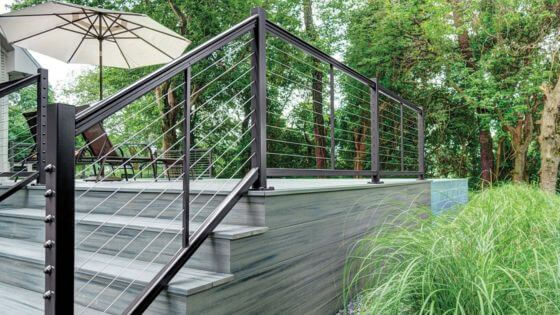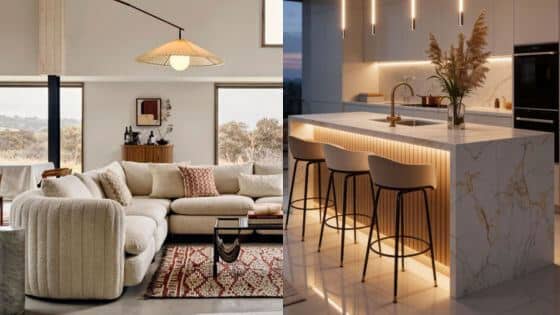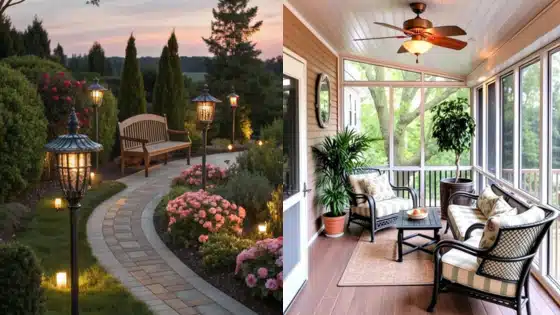While high-pitched roofs and shingles are still a standard part of new home construction, these traditional looks are moving over to make room for new materials and styles. Eco-friendliness is common in modern roofing, along with flatter, sleeker designs that add function, durability, and style. This guide highlights the most contemporary trends in roof design architecture and materials.
Metal Roofing
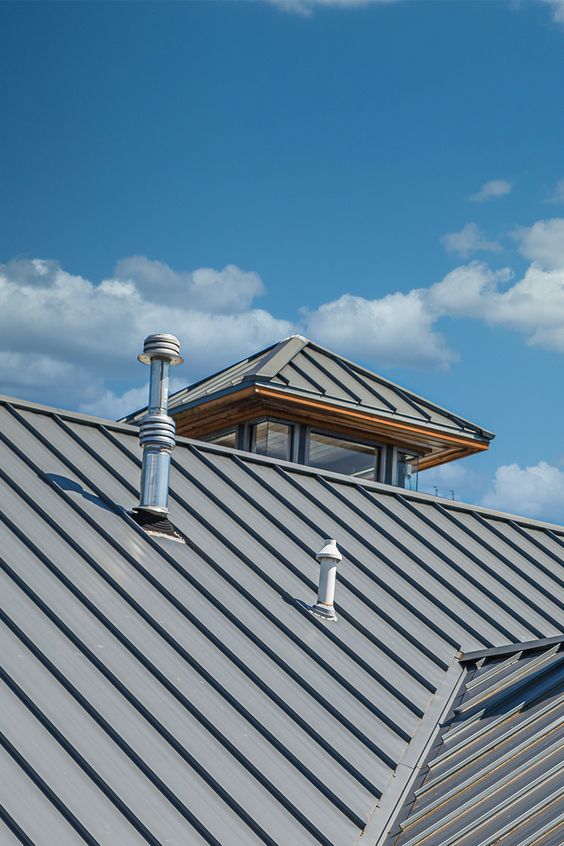
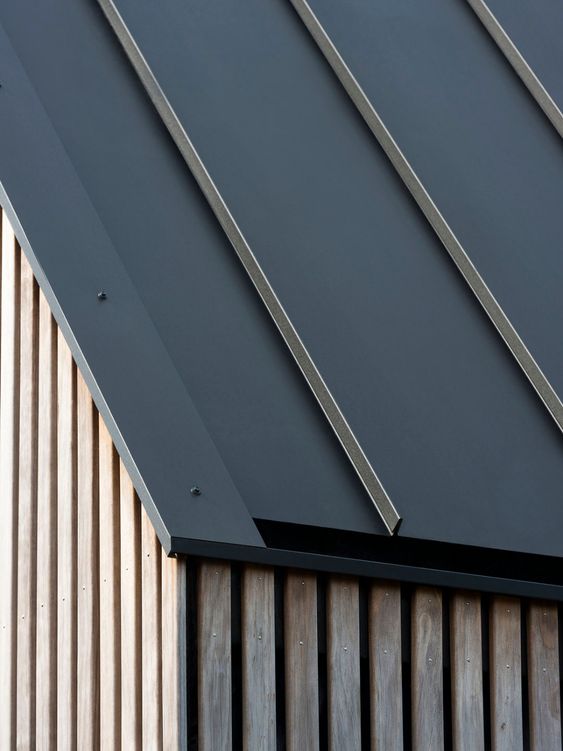
If you’re looking for a sleek, modern roof design that is environmentally friendly, durable, and reflective of the sun’s rays, metal is your best bet. Metal is very recyclable, heat-resistant, and sturdy. It lasts far longer and doesn’t require as many repairs or replacements as other types of roofing in most circumstances. Despite the price tag of metal roofing, you’ll spend less on repairs, replacements, and your energy bill. Architects can play with the shape of metal roofs more than other materials.
Cool Roofing
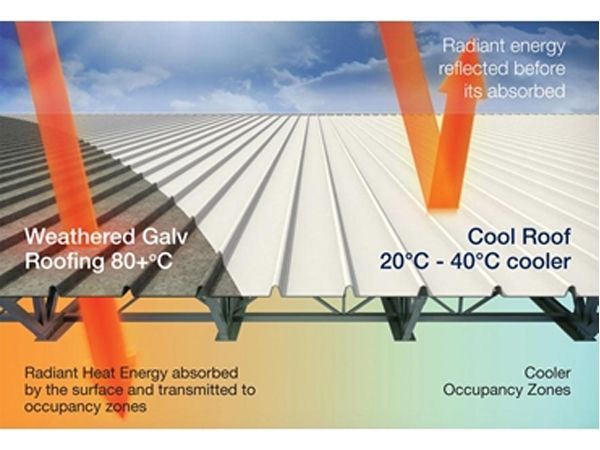
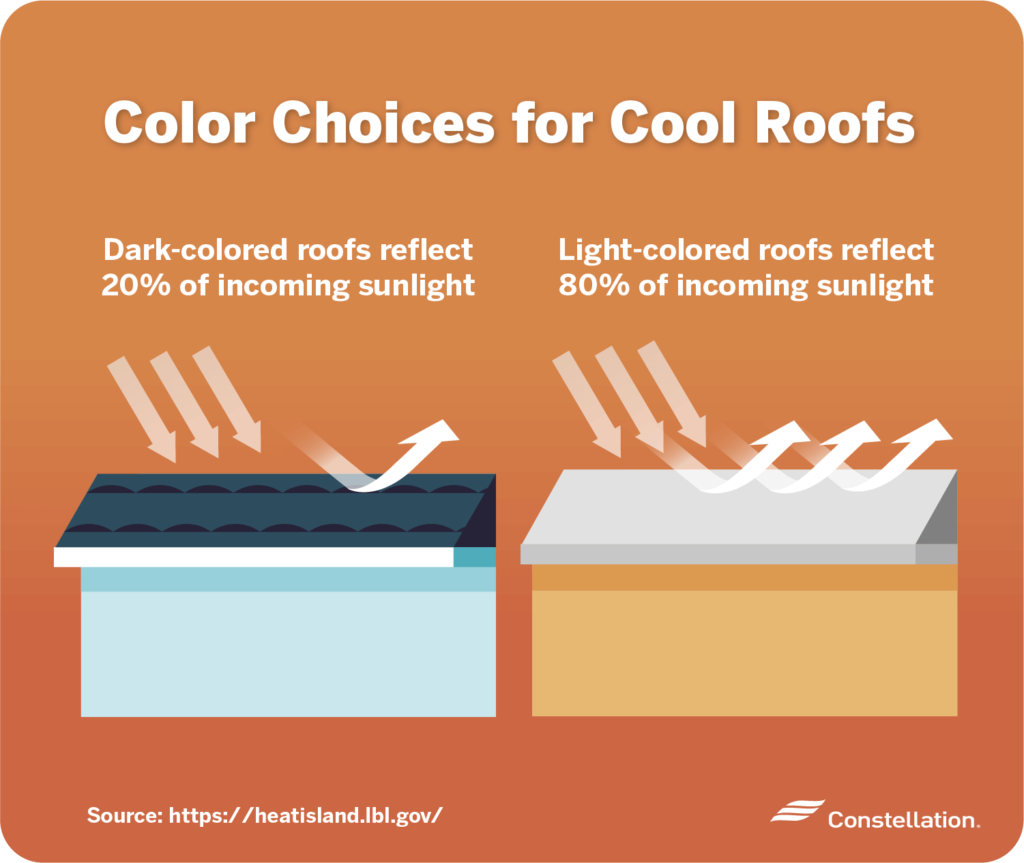
The desire for environmentally positive home materials will be around for a while. Cool roofing is typically white or lighter in color and can reflect up to 80% of the sun’s rays. Metal or other cooling materials can also provide additional cooling effects. Cool roofing means less heat is absorbed into the home, reducing the home’s temperature. This leads to a cooler home in warm months and less wear and tear on the AC system. Your energy bill costs will also drop. The lighter color of the roofing gives buildings a unique architectural look regardless of the material.
Living Roof
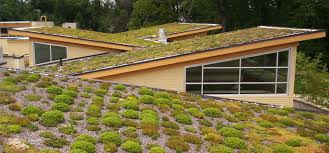
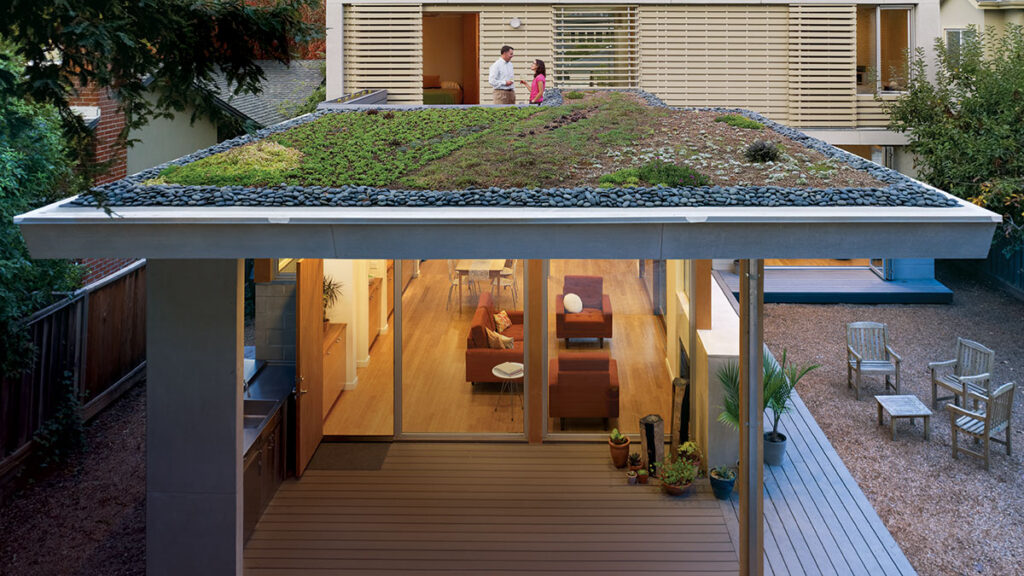
Living roofs, or vegetative or eco-roofs, are precisely what the name implies—roofing with plants or vegetation. These roofs are a must-have for nature enthusiasts. They provide a living sanctuary for local wildlife to give back to the ecosystem after your home is built. They also offer natural insulation in most cases, resulting in better energy efficiency and lower utility bills. Plants on living roofs also improve air quality by absorbing carbon dioxide. As a bonus, living roofs look amazing; the vegetation growing from a rooftop is a look that any other roof cannot emulate.
Lower-Slope Roof
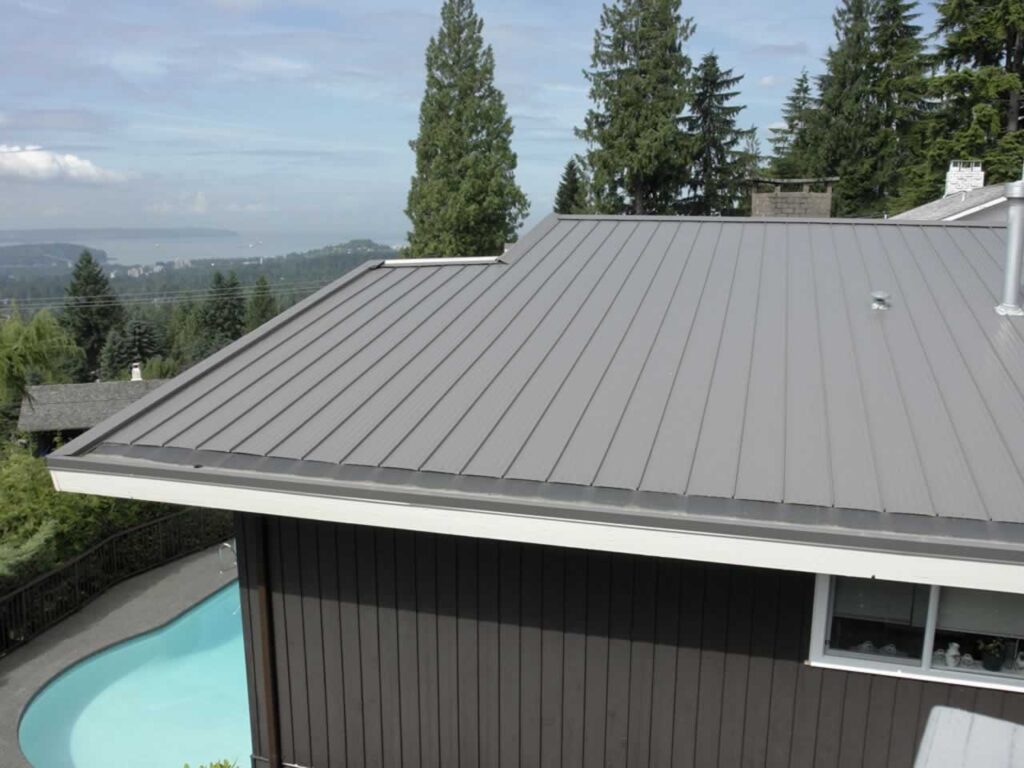
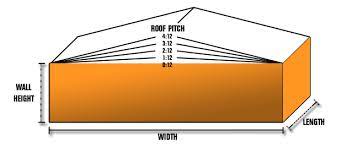
Low-slope roofing, particularly with metal materials, is growing more popular in residential areas. Most roofs are particularly angled to allow proper drainage during rain or snow. Roofs with materials like asphalt will deteriorate when water sits on them for a while. However, seamed metal roofing allows for drainage without requiring a steep angle. Lower-slope roofing is popular aesthetically and provides a more modern home look. Other types of roofing that would enable flat or lower slopes are PVC or other membrane materials that repel standing water.
Solar Roofing
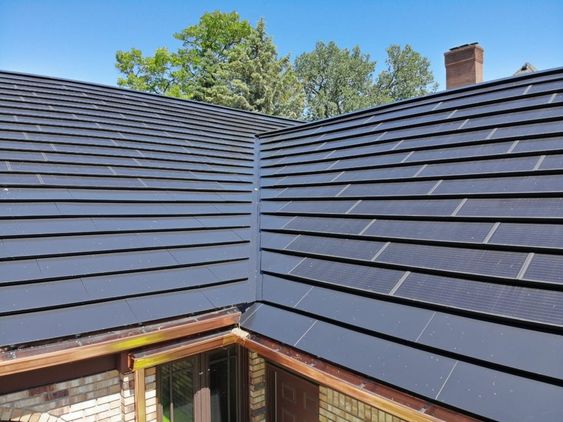
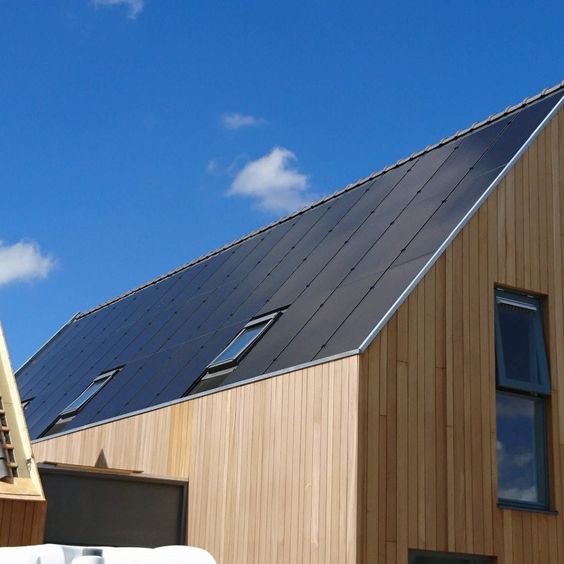
Homeowners interested in adapting solar energy as their power source find solar roofing attractive since they don’t have to find an alternative location for external solar panels. Some homeowners find solar panels an eyesore, and solar roofs are the solution. Solar roofs consist of smaller solar panels that absorb the sun’s energy and store it as a power source. Solar energy provides tax incentives in many locations, is a clean energy source, can lower energy bills, and is renewable. Not only is solar great for the wallet, but it’s also great for the environment.
Smart Roofing
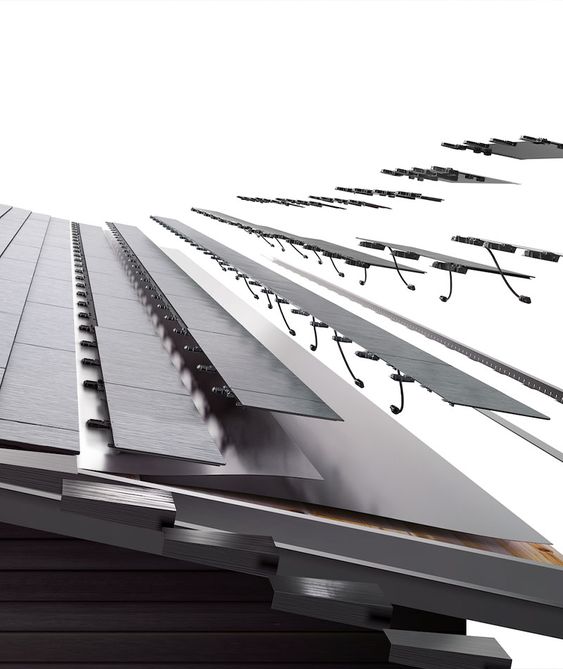
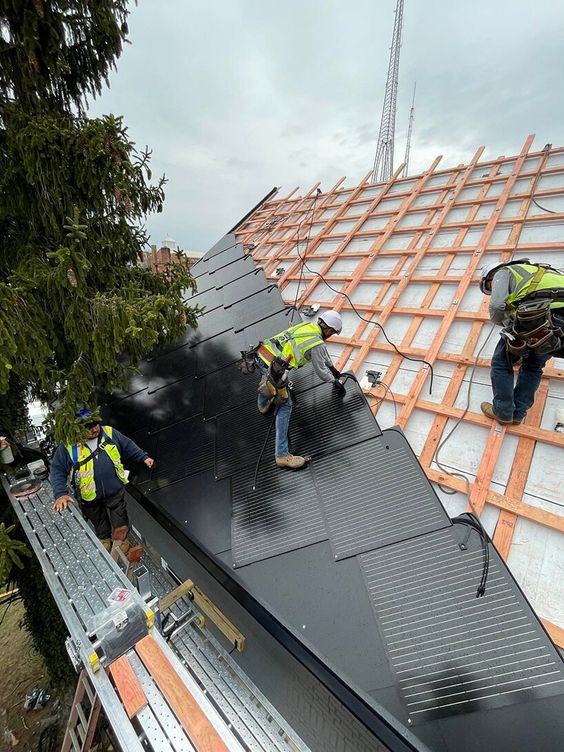
Technology is everywhere in our lives, and our roofing is no exception. Smart roofing consists of electronic sensors that detect damage, wear, or excess weight on a roof, improving durability and longevity. When a homeowner typically becomes aware of a roofing issue, it’s already too late—there’s a leak or other significant damage. With smart roofing, you can detect minute damage before the rest of the home becomes a victim. Some smart roofing can help reflect sunlight during the hotter months to keep your home cool.
Climate-Matched Roofing
No matter what type of roof style or material you prefer, it’s important to choose one that can coexist with your location’s climate. Sunlight-absorbing roofs such as metal or cool roofing are ideal for particularly hot climates, while water-resistant roofing is smart in climates with a lot of rain or snow.
Florida
Florida has a semi-tropical, humid climate with heavy rain, wind from hurricanes, and humidity. A durable roof against water and heavy rains is imperative in Florida homes. Florida roofing companies are also equipped with solar or cool roofing to reduce a home’s energy bill costs. Florida’s proximity to the equator makes it a prime location for solar roofing.
Arizona
Arizona also has a hot and sunny climate, but the air is much drier, so water-repellent roofing isn’t as high of a priority. Arizona home roofs should prioritize sunlight reflection or solar energy above all else. Metal roofing is growing in popularity here for this reason.
Alaska
Alaska and other northern states are very cold most of the year, and it’s not unusual to see a lot of snow and blizzards. Roofing in Alaskan homes should be durable to withstand heavy winds and water-resistant to snow. Metal roofing lasts long in these climates due to its ability to withstand high winds and heavy snow.
Ohio
Midwestern states such as Ohio have a balance between hot and cold climates throughout the year. Summers can be sweltering, sunny, and humid, while winters can see a lot of snow and wind. Metal roofing is also a strong contender in these states due to its durability and versatility to the elements. Bigger cities in Ohio, like Columbus, Cincinnati, and Cleveland, are seeing an increase in metal roofing for both commercial and residential homes. Roofing contractors in Dayton, a slightly smaller Ohio city, are noticing the prevalence of metal roofing in newer constructions.
Conclusion
Eco-friendly, sleek, modern roofing is trending in home and commercial construction. Architects are incorporating flatter, cooler, and sleeker roof designs than ever before. Vegetated and metal roofs are particularly popular in architecture and construction for their versatility, unique look, and environmental benefits.
- 94shares
- Facebook0
- Pinterest94
- Twitter0
- Reddit0

